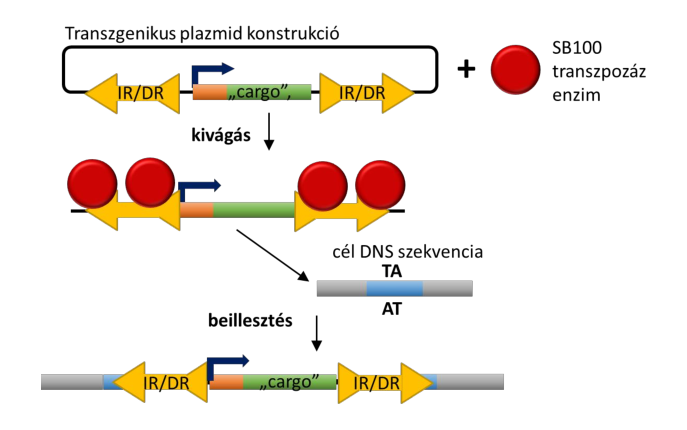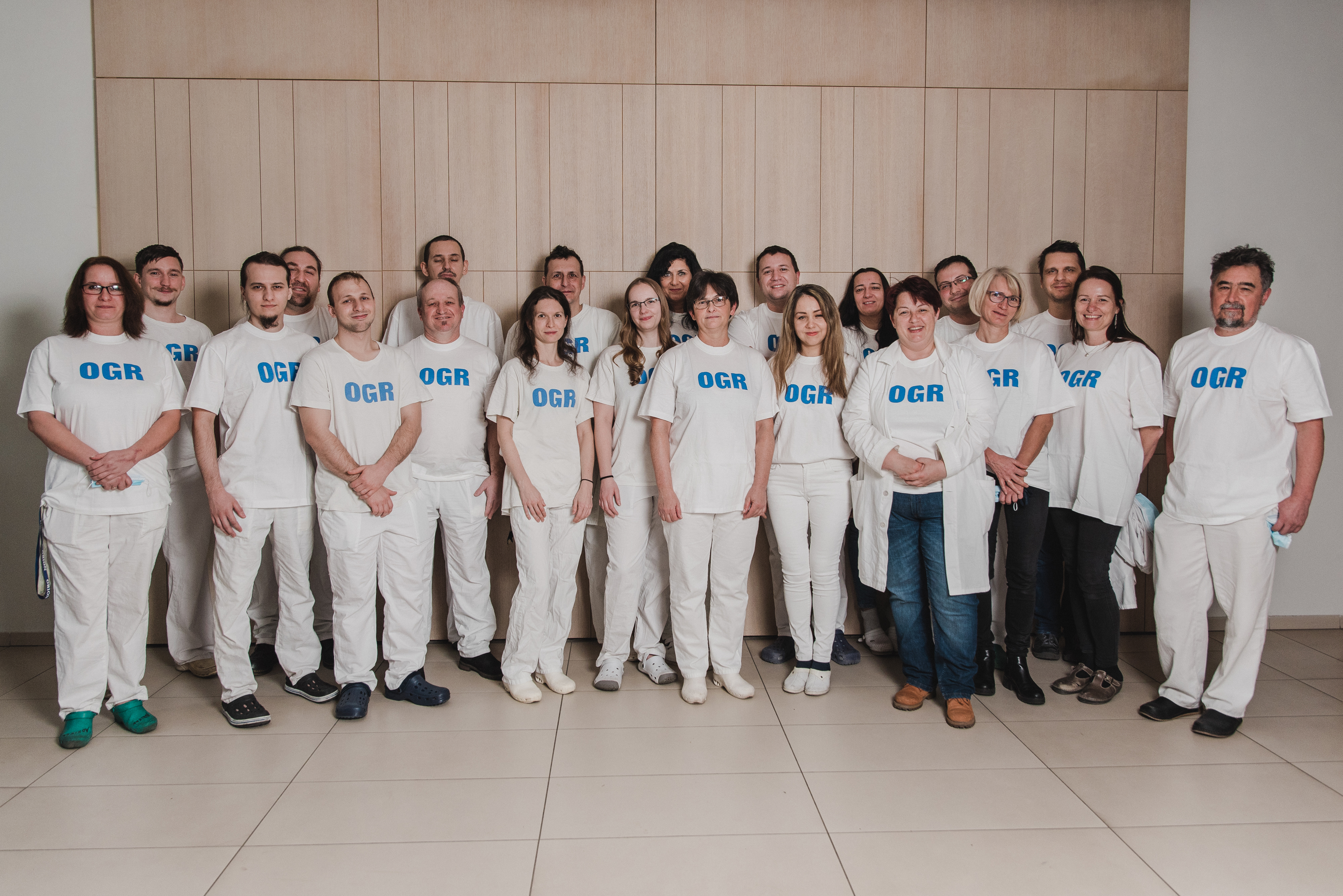Transposon mediated transgenesis
How can transposases help increase transgene integration efficiency
Transposons are DNA elements capable of changing their position within the genome, which is why they are also referred to as jumping genes. Some of the DNA transposon systems have been engineered through biotechnological efforts to enable the efficient integration of transgenes into the genome. The transposase enzyme, originally encoded between the "arms" of the transposon in the Inverted Terminal Repeat (ITR) sequences, has been removed. In its place, the so-called "cargo," or the elements we want to incorporate into the genome, can be inserted. The transposase enzyme is provided separately, often in the form of mRNA, alongside the injecting components.
Our laboratory utilizes the Sleeping Beauty transposon-based system, originally isolated from salmon species and modified through directed mutagenesis to achieve integration efficiency up to 100 times greater than the original (hence its name SB100). The sequences flanking the "cargo" consist of an inverted and a direct repeat, forming what is known as IR/DR. The directionality of these IR/DR arms is crucial as it determines which parts of a circular DNA will integrate. Although it has been demonstrated that the integration efficiency decreases with insert size, the system can be combined with BAC-based transgenesis, allowing the incorporation of sequences up to several hundred thousand base pairs. In smaller plasmids, in mice, efficiency can reach 50-70% in the offspring. With each integration event, only one copy of the transgene is incorporated, but depending on the concentrations of components, it often occurs that the transgene integrates into multiple independent sites, which then segregate in the offspring. The target sequence (where integration occurs) for the SB transposase is the TA dinucleotide, which is so common in the genome that the integration site is considered random.







